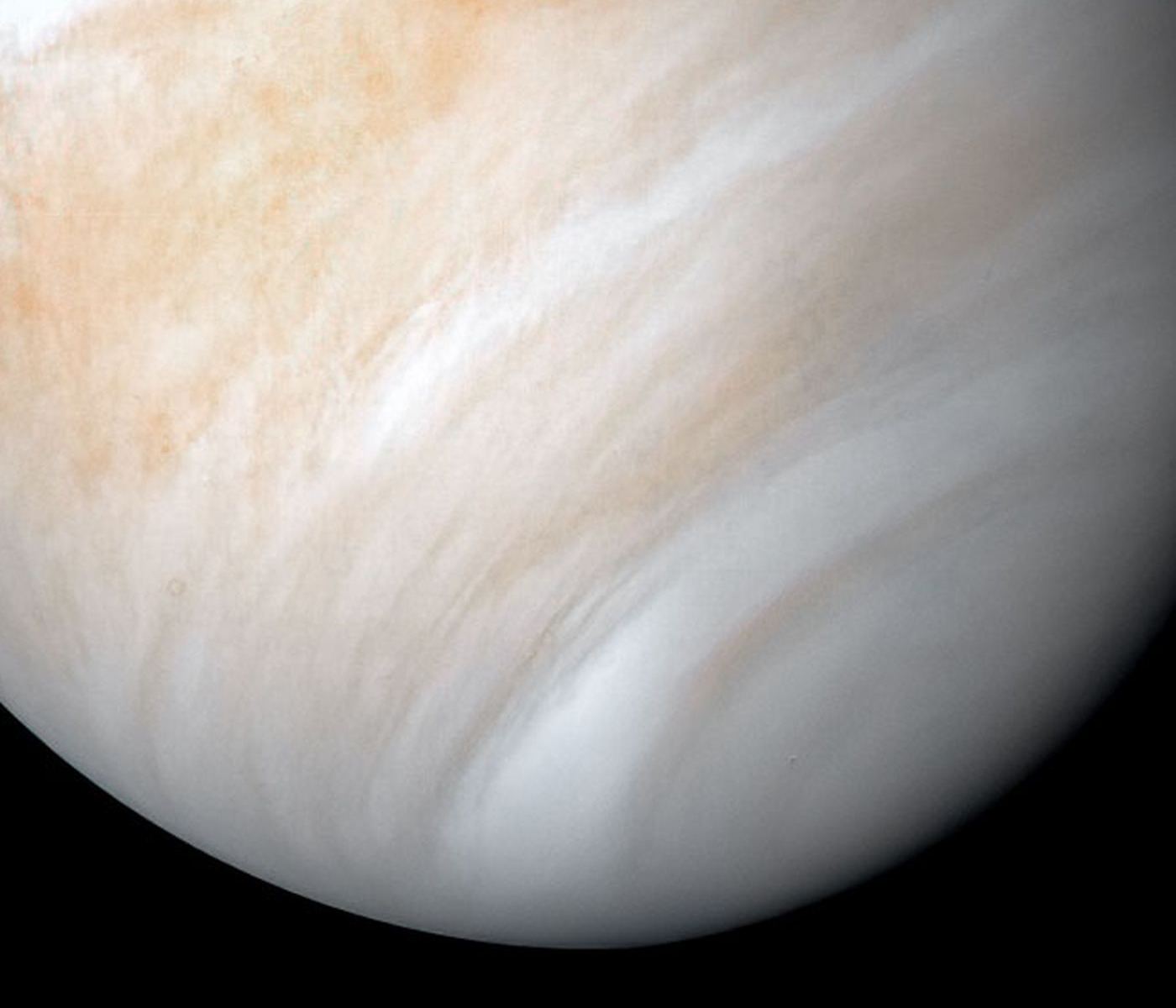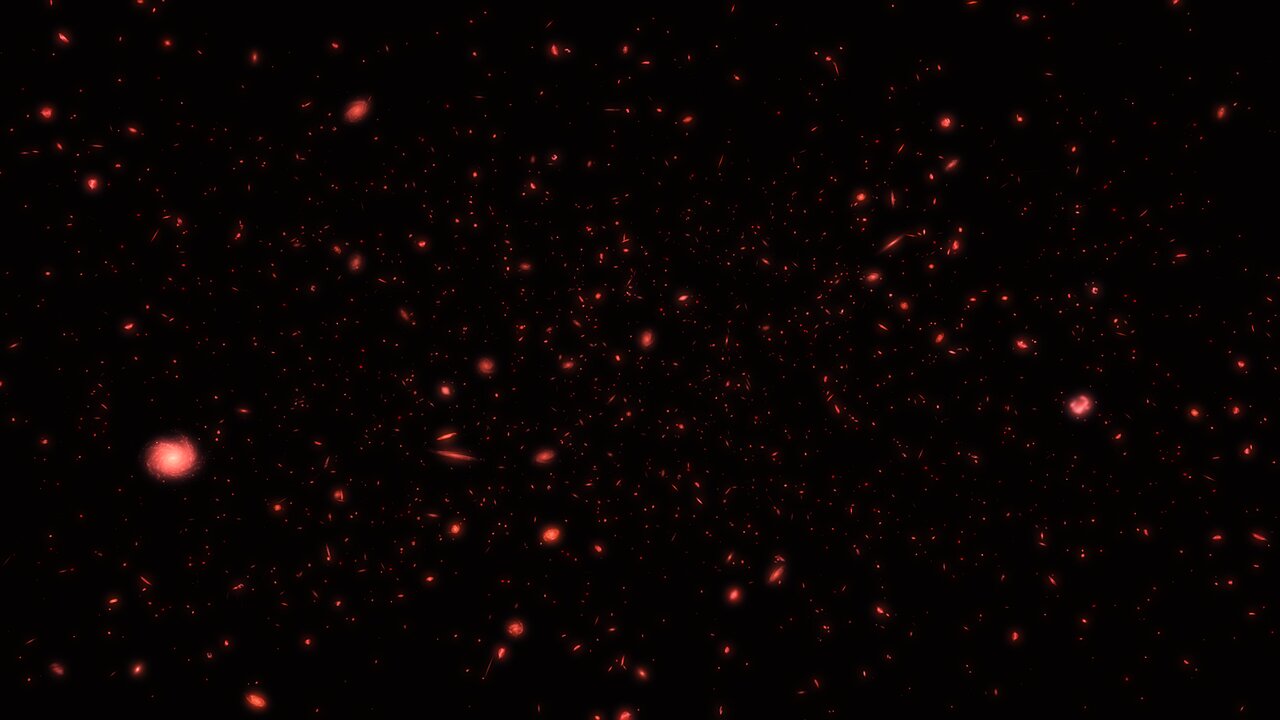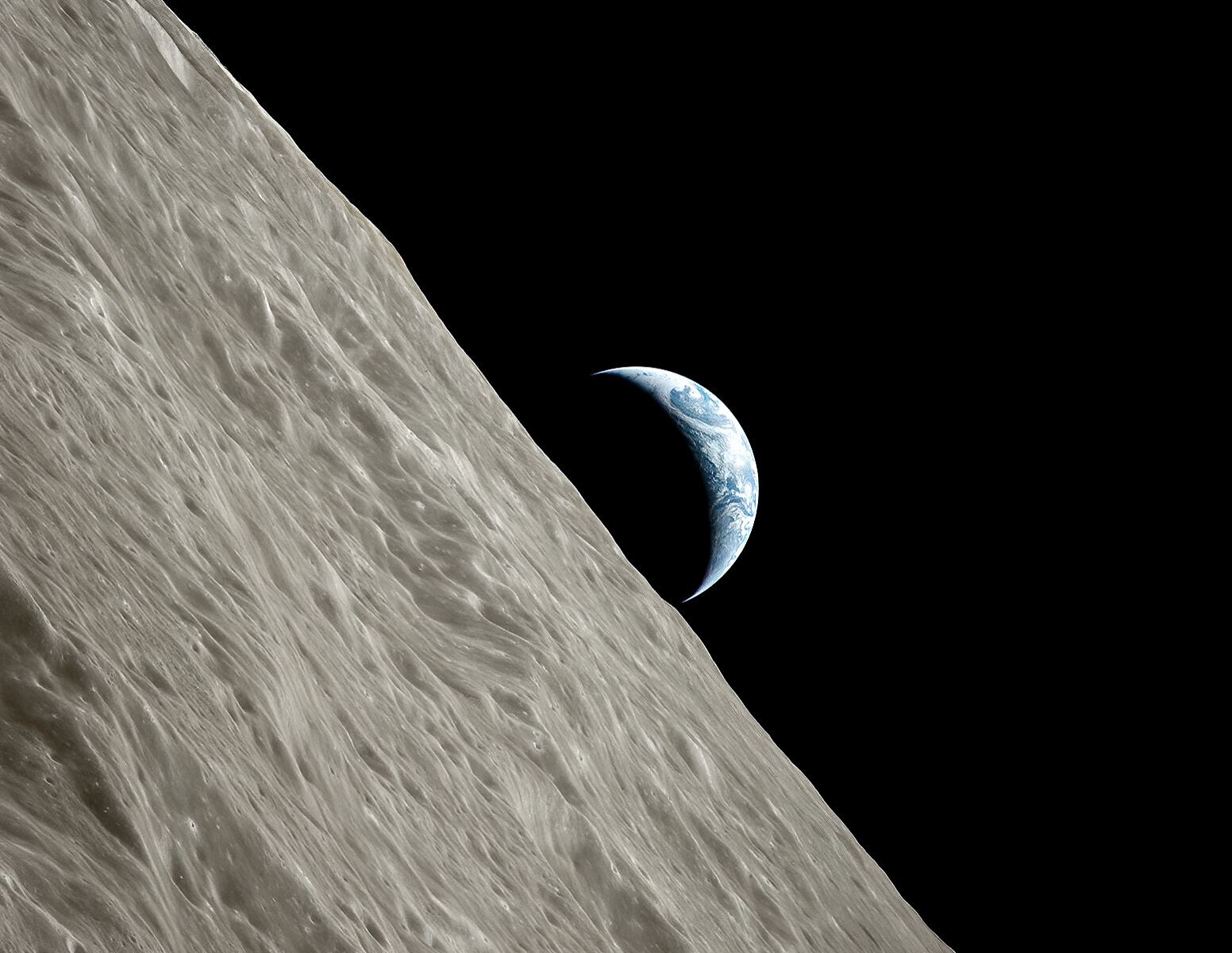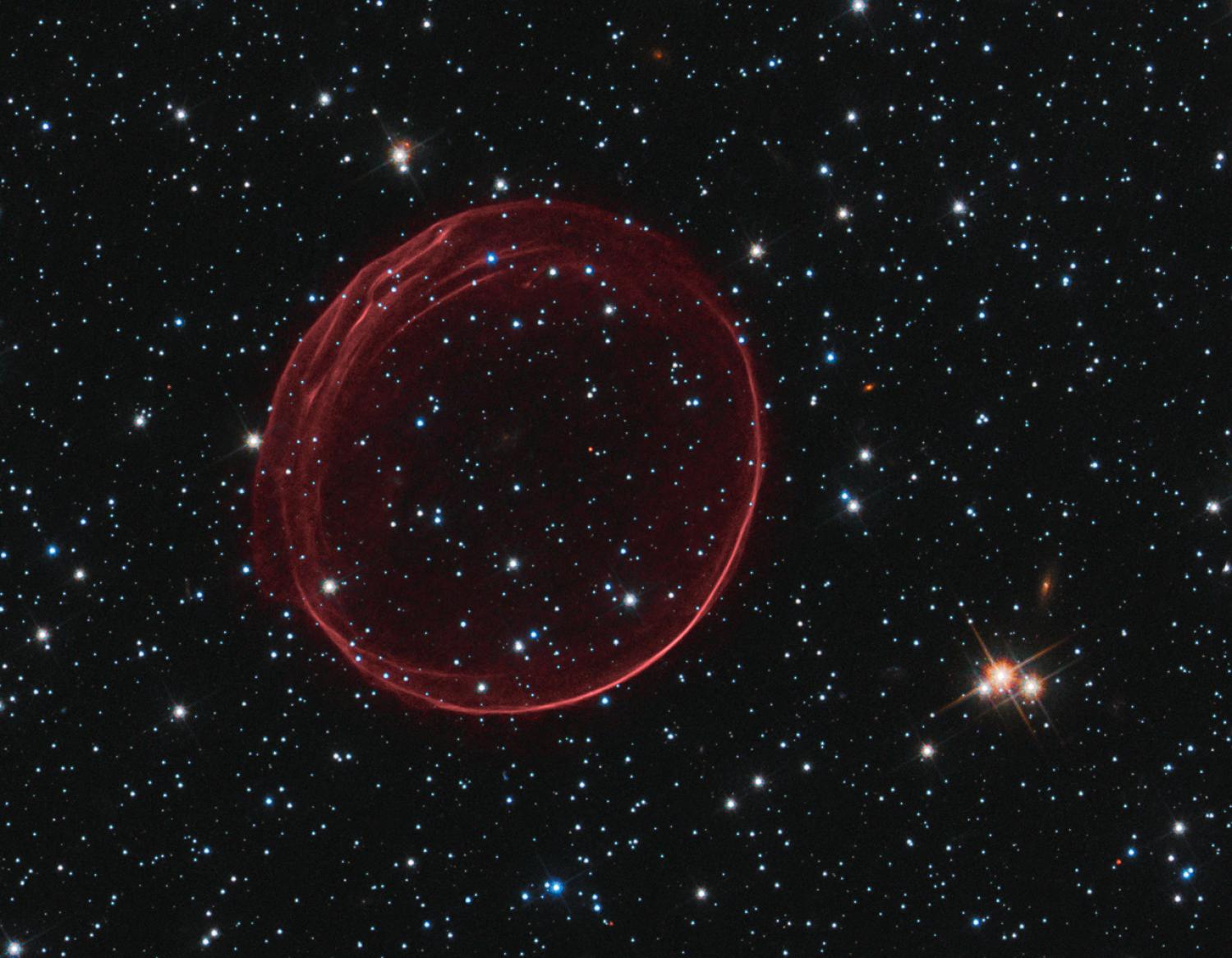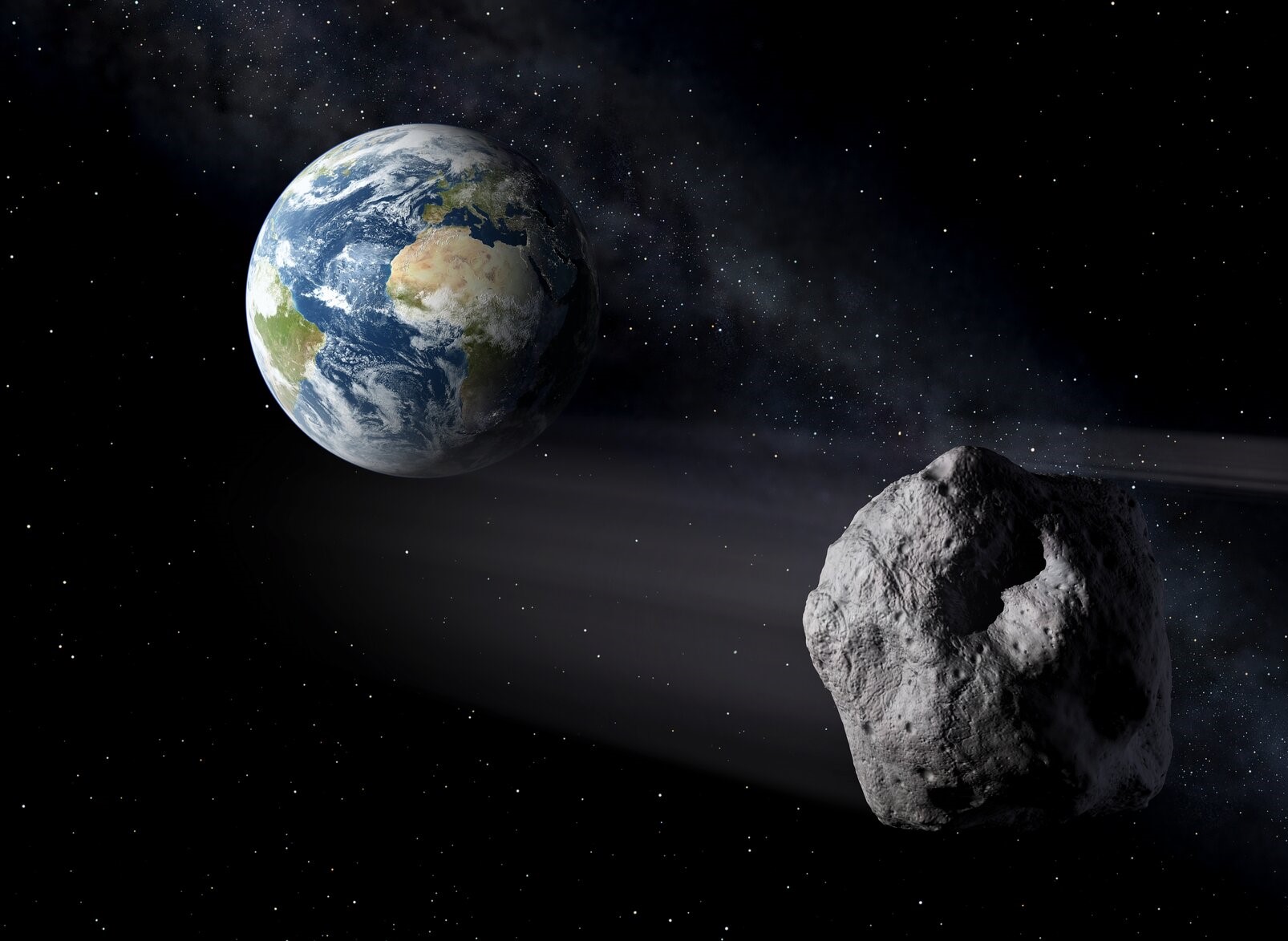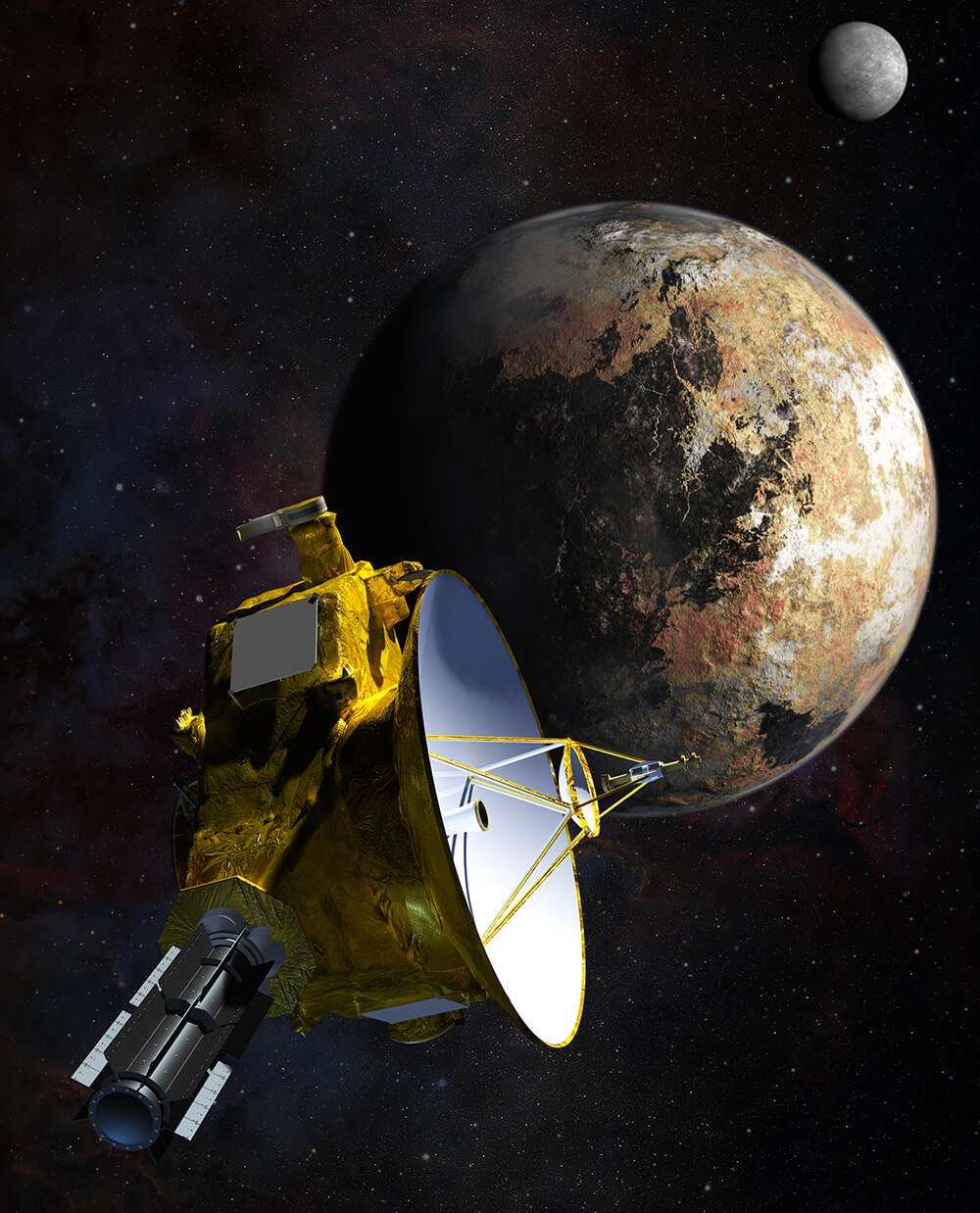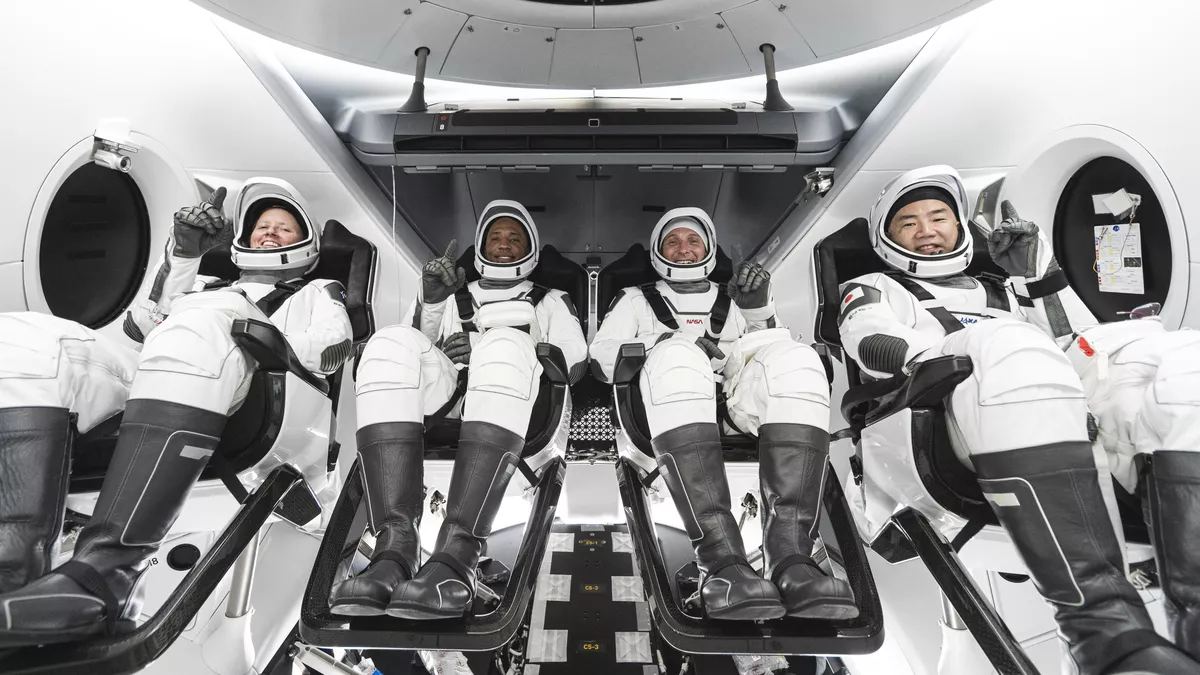This past summer, the Arecibo Observatory suffered major damage when an auxiliary cable that supports the platform above the telescope broke and struck the reflector dish. Immediately thereafter, technicians with the observatory and the University of Central Florida (UCF) began working to stabilize the structure and assess the damage. Unfortunately, about two weeks ago (on Nov. 6th), a second cable broke causing even more damage.
Following a thorough review, the U.S. National Science Foundation (NSF) announced that the observatory cannot be stabilized without risking the lives of construction workers and staff at the facility. As such, after 57 years of faithful service and countless contributions to multiple fields of astronomy, the NSF has decided to commence plans for decommissioning the Arecibo Observatory.
Continue reading “Arecibo’s Damage is so Serious and Dangerous, They’re Just Going to Scrap the Observatory Entirely”

